What Are Superfoods and Why Do They Matter?
Superfoods are everywhere these days, especially if you’re focused on healthy eating or weight loss. Packed with exceptional nutrients, these foods offer invaluable health benefits. From everyday favorites like blueberries and salmon to more exotic choices like açai berries, their variety is as impressive as their nutritional value.
But here’s the surprise: not all superfoods are widely recognized. Among the lesser-known gems are high-protein grains, vitamin-rich vegetables and nutrient-dense seeds. These powerful foods may enhance your overall health, protect against illnesses and could even support your weight loss goals. They provide a nutritional advantage that’s hard to match with everyday ingredients.
A healthy diet starts with the basics like lean proteins and non-starchy vegetables. But for optimal health, variety is key. By incorporating these superfoods into your meals, you can enrich your diet with a broader spectrum of nutrients. Embrace dietary diversity in your food choices, and let it fuel your body to thrive!
1. Amaranth

What is Amaranth?
This flowering plant is native to Central America, where its edible leaves and seeds are a traditional food. The leaves, sometimes referred to as “callaloo,” can be eaten raw when young or sauteed like spinach when they mature. Amaranth seeds are dried and used as a whole grain, like rice and oats.
Why it’s a Superfood
A quarter cup of uncooked amaranth seeds comes with seven grams of protein, more than double the amount in the same quantity of corn and rice. It also contains antioxidants.
According to a study of lab animals, published in the journal Frontiers of Nutrition, “It has proven to be beneficial in the management of body weight, abdominal fat deposition, glucose tolerance, and lipid profile.” While findings in animal studies don’t always translate directly to humans, it’s still an intriguing area for further research.
How to Eat It
When cooked, amaranth grain has a nutty, lightly sweet flavor. You can prepare it as a hearty porridge, like oatmeal. In its native region, amaranth grains are popped like popcorn and eaten as a snack.
Mix some cooked amaranth into your favorite rice dish to kick up the protein content. Amaranth flour is available in some supermarkets and specialty stores, and you can use it to coat fish or chicken before baking to create a crusty outside.
2. Baobab Powder

What is Baobab Powder?
The fruit from Baobab trees found in Africa, Asia and Australia has an appealing, citrus-like flavor. But it is highly perishable and rarely available fresh in the United States (U.S.). The pulp, leaves and seeds are dried and powdered for sale.
Why it’s a Superfood
Two tablespoons of the powder have 16 grams of carbohydrates and nine grams of fiber, along with 50 calories and more than half of the recommended daily allowance for vitamin C. It’s also a source of iron.
A study with lab animals, published in Nutrition Research, found that baobab helped to balance blood sugar levels. In a different study, published in Animal Biotechnology, baobab reduced inflammation and protected lab animals from heart disease. While animal studies don’t directly apply to humans, it shows some interesting potential!
How to Eat It
You get a hint of lemony tang when you taste baobab powder. Mix it into plain water or seltzer, add it to iced or hot tea, or blend it into a smoothie. Sprinkle it over yogurt or stir it into oatmeal.
3. Black Garlic

What is Black Garlic?
When fresh raw garlic has been intentionally exposed to low heat and high humidity for an extended period, it becomes black garlic. This fermentation process changes the garlic’s flavor, odor and texture, as well as its color. The taste becomes milder, and the aroma is less pungent. The cloves become soft, sticky and chewy.
Why it’s a Superfood
Raw garlic has many potential health benefits: It may bolster the immune system, help balance blood sugar levels and reduce inflammation. Consuming black garlic may reduce bad cholesterol and improve the functioning of the circulatory system, according to a study published in the journal Nutrition Research and Practice. Lab animals who were fed black garlic had a lower incidence of diabetes and obesity, says a report in Nutrition Research.
How to Eat It
You can find black garlic bulbs, puree and powder in well-stocked supermarkets, specialty shops and health food stores. (Steer clear of black garlic oil, which is not made with black garlic.) The slightly sweet, lightly garlicky flavor perks up sauces, stews and soups. You can spread the soft cloves on bread, pizza or grilled meats.
4. Hemp Seeds

What are Hemp Seeds?
Hemp was an important crop in the colonial period of America for making fiber for clothing and rope. Its nutritious seeds can be found in most supermarkets and health food stores.
Why it’s a Superfood
A three-tablespoon serving of hemp seeds has about 9.5 grams of protein. The seeds are also rich in heart-healthy omega-3 and omega-6 fatty acids.
The protein in hemp seeds is more digestible than the protein in soy foods or egg whites, says a report in Molecules. The researchers also note that hemp seeds provide you with two important components of vitamin A, lutein and zeaxanthin, which may help protect vision and support long-term eye health.
How to Eat It
Hemp seeds can be eaten raw, ground into hemp meal, or dried and powdered. Hulled hemp seeds are often sold as hemp hearts. They have a nutty flavor that’s mild, but similar to sunflower seeds and pine nuts. They are soft, chewy and can be added to smoothies, oatmeal, baked goods, salads and stir-fries.
5. Jerusalem Artichokes

What are Jerusalem Artichokes?
These root vegetables are not related to artichokes. Sometimes sold as sun chokes, Jerusalem artichokes are part of the sunflower family of plants. The underground tubers, which look like lumpy potatoes, are the edible parts. They have a nutty, lightly sweet taste that reminds some people of artichokes.
Why it’s a Superfood
Jerusalem artichokes are high in inulin, a type of prebiotic fiber that feeds the healthy microbes in the digestive tract. Inulin may also help to regulate the metabolism and blood sugar levels. “The consumption of Jerusalem artichoke has multiple beneficial effects against diabetes and obesity,” says a report in Food and Nutrition Research.
How to Eat It
Jerusalem artichoke tubers can be eaten raw, sliced in salads or tucked into wraps. Try roasting, boiling or sauteing them. Puree them to make a rich base for creamy soups and sauces. You can also mix the tubers with white potatoes for a healthier mash.
6. Kaniwa

What is Kaniwa?
You may have heard of quinoa, the superfood seed that has been a traditional food in South America. Kaniwa (pronounced Kah-nee-wah) is a close relative of quinoa with even more health benefits. Kaniwa seeds are smaller than quinoa grains, and they are typically dark red or brown, while quinoa may be white, black or red. To many people, kaniwa tastes sweeter than quinoa.
Why it’s a Superfood
Like quinoa, kaniwa is a protein-rich seed. But it has even more protein than quinoa and it is particularly high in lysine, an amino acid that can help the body grow and repair itself. Kaniwa also has an abundant supply of flavonoids. It is gluten-free, so it can be a handy alternative to wheat for people who avoid gluten.
How to Eat It
Prepare kaniwa like other grains, by simmering it in water until it’s tender. You can eat kaniwa as a hot cereal, a side dish, or the base for a grain salad.
7. Moringa

What is Moringa?
A tropical plant sometimes referred to as the “tree of life” or “miracle tree,” moringa has a long history as a medicinal plant in many cultures. The nutritious leaves are typically powdered for sale in the U.S., sold either in capsules or in a scoopable powder.
Why it’s a Superfood
Moringa leaves are used by traditional healers to treat many ailments. Moringa leaf powder significantly reduced body mass index (BMI) in obese lab animals, according to a study published in the International Journal of Molecular Science. The researchers also observed more balanced blood sugar levels in the test subjects who had moringa and a reduction in the hormones that stimulate their appetites. However, since these findings are based on animal studies, further research is needed to determine if similar effects apply to humans.
How to Eat It
Moringa leaf powder has a mild, herbal flavor that’s similar to green tea. You can brew the powder into tea, add it to smoothies or sprinkle it onto yogurt or fresh fruit.
8. Sacha Inchi Seeds
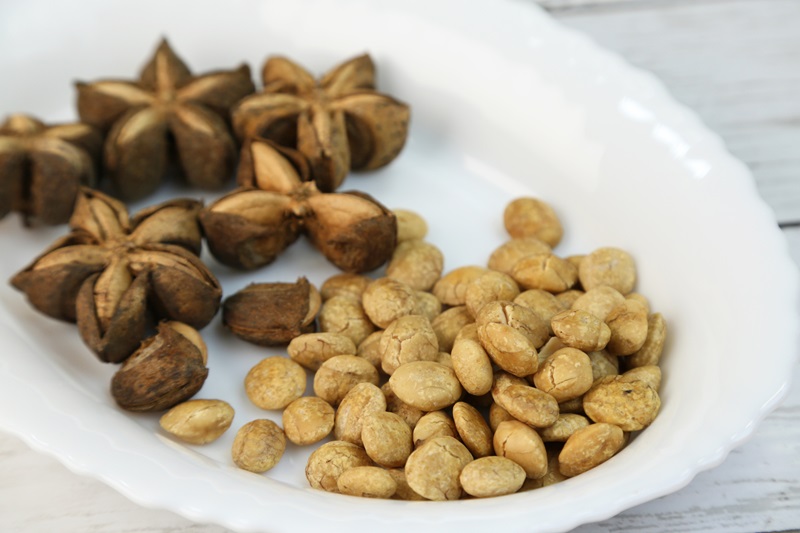
What are Sacha Inchi Seeds?
A tree native to Peru produces a fruit with large seeds that are a superfood. They are sometimes sold as Inca peanuts, Inca nuts, mountain peanuts or sacha peanuts. They have a bitter taste when raw, so they are most often roasted before eating.
Why it’s a Superfood
Sacha inchi seeds are plant foods with all nine essential amino acids. They are particularly rich in tryptophan, an amino acid that the body converts into serotonin, which you need for healthy sleep.
Sacha inchi seeds contain a hefty supply of omega-3 fatty acids. Sacha inchi seeds are higher in antioxidants, like vitamin E, carotenoids and polyphenols, than any other seeds, says a report in Food Chemistry.
How to Eat It
Sacha inchi seeds taste like roasted peanuts. You can roast them to snack on. For extra flavor, dust them with cayenne pepper or cocoa powder after roasting.
Sacha inchi seeds work well in salads, baked goods and homemade energy bars. Some specialty shops and health food stores sell sacha inchi oil, which you can use to sauté vegetables or drizzle over salads.
9. Sea Buckthorn
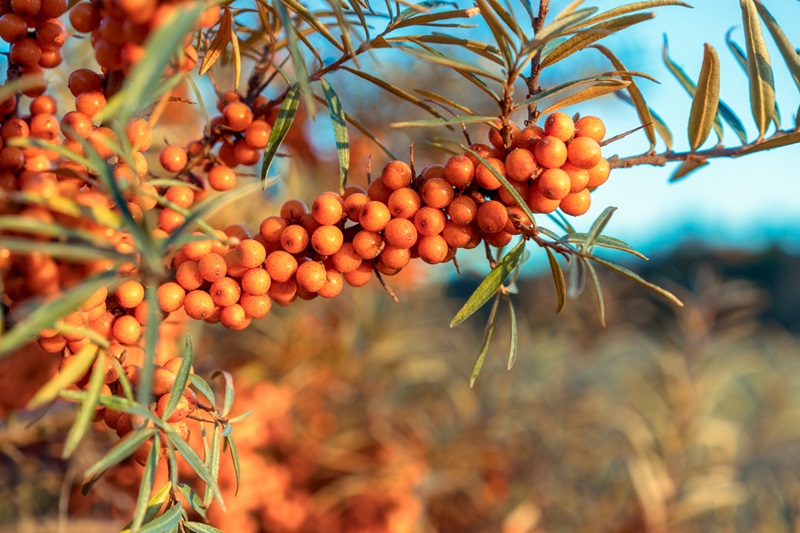
What is Sea Buckthorn?
A small tree or shrub that grows wild in Tibet and Nepal (nowhere near the sea), sea buckthorn bears bright orange berries that have a sweet-tart flavor. They are sometimes sold as “miracle berries” or “holy berries.” You may find sea buckthorn fruit sold in powdered form or as an extract, but many specialty shops and health food stores offer the whole berries frozen.
Why it’s a Superfood
The little berries are packed with healthy fatty acids, along with vitamins A, C and E. Sea buckthorn has many potential health benefits, such as “anticancer, anti-hyperlipidemic, anti-obesity, anti-inflammatory, antimicrobial, antiviral, dermatological, neuroprotective, and hepatoprotective activities,” according to a report in Frontiers of Nutrition. The report included studies showing that consuming sea buckthorn berries reduced blood sugar spikes, increased fat burning and decreased the incidence of obesity in lab animals. Again, since these are animal studies, further research is needed to understand its effects on humans.
How to Eat It
Raw sea buckthorn berries can be very tart, so they are often combined with other foods in jams, sauces and smoothies. You can use the fruit to make a salad dressing.
10. Teff
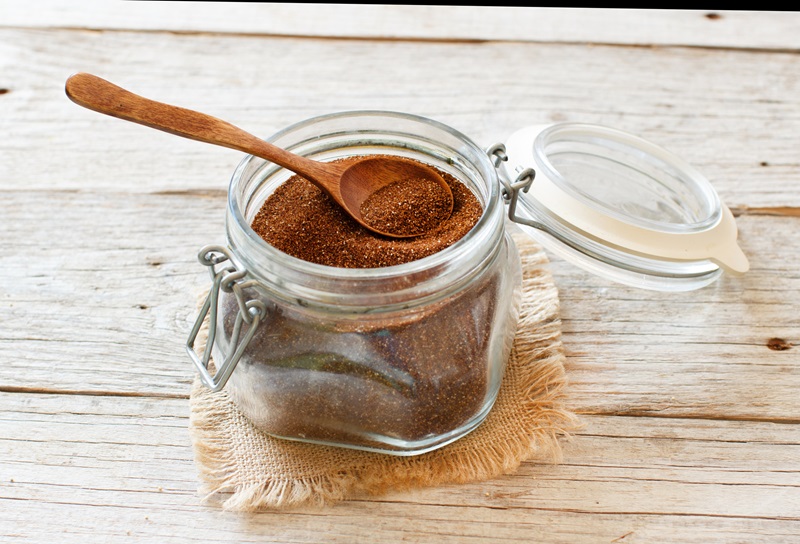
What is Teff?
This grain is a staple of the cuisine of Ethiopia, where it has been cultivated for millennia. It’s the key ingredient in injera, a popular soft flatbread served in Ethiopian restaurants.
Teff grains are so tiny that 1,000 of them equal the size of one grain of wheat. They come in brown, red and white varieties.
Why it’s a Superfood
Teff seeds have a higher content of fiber, essential amino acids, and minerals such as calcium, zinc, phosphate, copper and iron, compared to grains such as wheat, rice and corn, according to a report from the Ethiopian Journal of Health Science. A study cited in the report noted that regular teff consumption increased total protein levels of test subjects, while reducing their blood sugar levels and LDL cholesterol.
How to Eat It
Teff has a mild, nutty flavor and it can be cooked into hot cereal, added to soups and stews, or prepared as polenta. It is gluten-free and works well as a substitute for wheat flour in baked goods. Make a simple salad by tossing the cooked grain with extra virgin olive oil, garlic, vinegar and fresh herbs. Top with roasted vegetables and a grilled protein to create a full meal.
11. Wakame
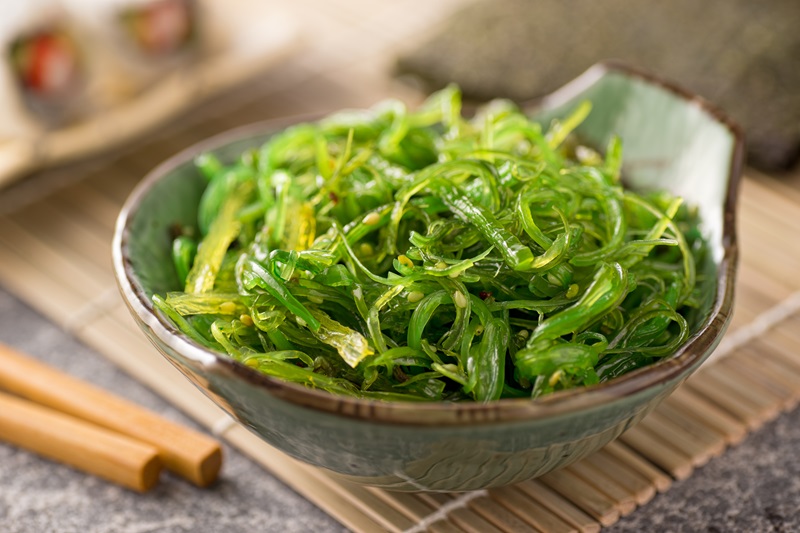
What is Wakame?
Wakame is an edible seaweed that is often included in Asian dishes, such as miso soup. It is deep green and has a mildly salty taste. It is different from nori, another kind of seaweed, which is commonly used to wrap sushi. Wakame is typically sold dried in supermarkets or you can find salt-preserved varieties in the refrigerated section of Asian specialty markets.
Why it’s a Superfood
Wakame contains iodine, a mineral that may help to regulate metabolism. People who often eat wakame have been shown to be less likely to suffer from high blood pressure, says a study in the Annals of Nutrition and Metabolism. It also may reduce body fat accumulation and insulin resistance, a cause of diabetes, according to a study published in Nutrients.
How to Eat It
Sauté rehydrated wakame like spinach, toss it in pasta salads, or add it to soups and stir fries.
12. Watercress
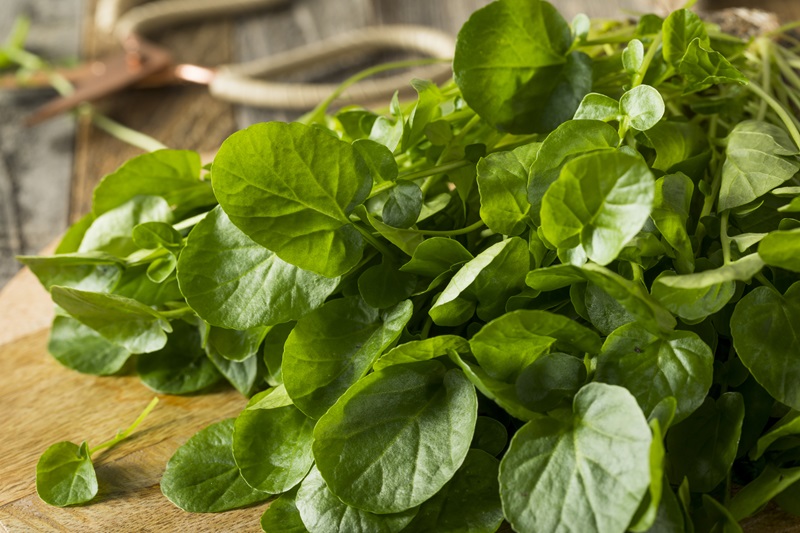
What is Watercress?
Kale gets a lot of love as a leafy green superfood, but watercress is just as nutrient dense. Like kale, watercress is a member of the cabbage family with crisp leaves. You’ll find watercress in supermarkets and from local farmers in spring and fall.
Why it’s a Superfood
A cup of chopped watercress has only about four calories but provides you with a quarter of the recommended daily allowance for vitamins A and C, and more than 100 percent of the vitamin K requirement.
Like other cabbage-family vegetables, watercress is rich in phenols. It may help lower LDL (bad) cholesterol and increase HDL (good) cholesterol, says a report in the Journal of Ethnopharmacology.
How to Eat It
Watercress has a lightly spicy flavor that will perk up your salad bowl, sandwich or wrap. Include watercress leaves with the basil leaves when making pesto for a zestier flavor. Use watercress in an omelet or frittata.
Adding These Superfoods to Your Diet
You might not be familiar with these underrated superfoods, but they can significantly enhance your nutrition and support your weight loss goals.
Incorporating a wide variety of nutrient-dense foods into your diet is key to improving overall health. Seek out these hidden gems at your local store or online, integrate them into your meals, and elevate your well-being to the next level!

